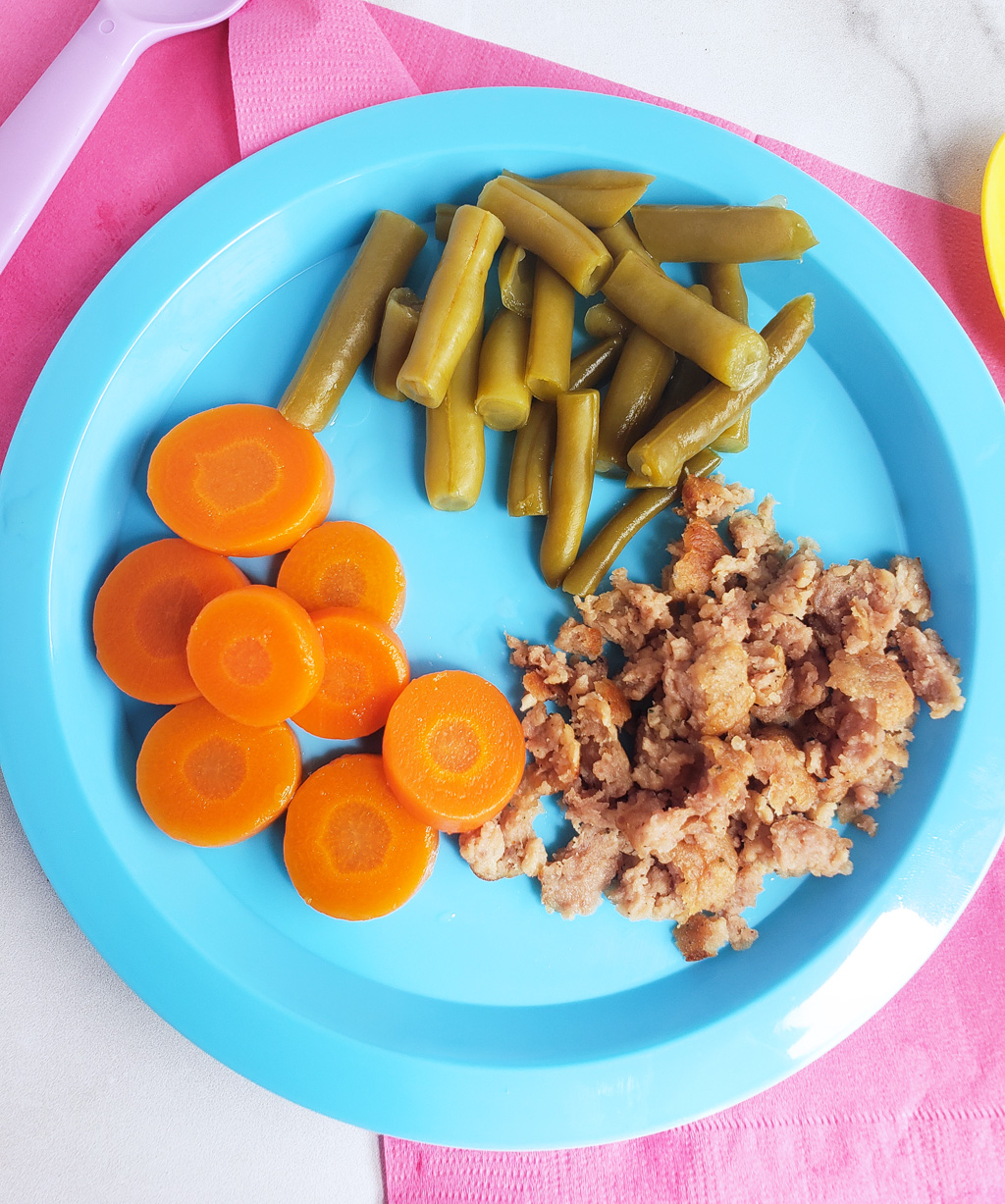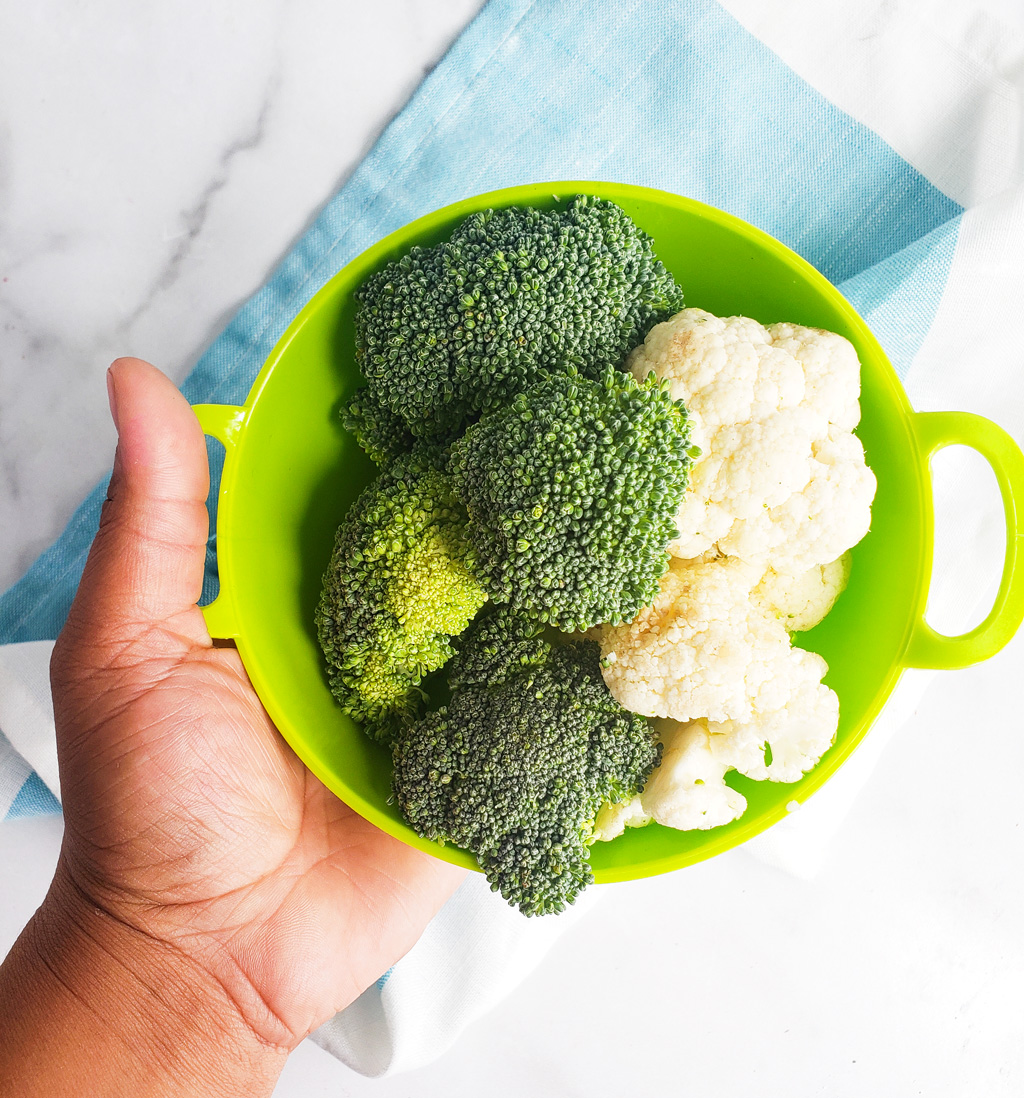This post is a collaboration with Beef. It’s What’s for Dinner., on behalf of the Beef Checkoff. I received compensation, but all opinions are my own.

As moms, we want to provide our kids with the very best. We constantly worry about their safety, their happiness, and their well-being—and you know what? That’s completely normal! My boys are currently 4 and 6 years old, and I still peek into their bedrooms at night just to make sure they’re sleeping soundly and comfortably.

Another thing that we worry about is our kid’s nutrition. We often wonder if they are getting the proper amount of nutrients needed for their growing bodies. And to make sure that happens, we usually try to set the proper foundation for nutritious food choices from the very beginning.

As our babies grow and start to venture off into those first foods, we often think of cereal or oatmeal. And some of us choose to start with a fruit or veggies, such as bananas, green beans, & broccoli—but did you know that an ideal first food for your infant can be beef? Yes, that’s right, beef can be a first food! It contains iron and other nutrients that babies need for proper growth and development.

I had the privilege of attending an E-vent, Eating in the Early Years, hosted by Beef. It’s What’s For Dinner, a contractor to the Beef Checkoff, and I learned some very valuable information about the benefits of introducing beef as a first food. And I’m super excited to share that information with you today!
First, let’s look at how beef can help support growth and development for your little one.
The Many Benefits of Beef
Every little bite counts for little ones. Nutrient density of foods, particularly iron-rich foods, is important to consider in the 6-12 months stage of life where small amounts of foods are consumed. Nutrient dense, iron-rich foods like beef (ie, the amount of iron or zinc per 100 kcal) offer big nutrition in each little bite.

Starting at around six months of age, exclusively breastfed infants need a good dietary source of iron, as their iron needs cannot be met by breastmilk alone. Low levels of vitamin B12 are also a concern for those moms who may not consume any animal sources of food.
There are several iron-fortified baby foods on the market, such as cereal and oatmeal, but those foods typically contain non-heme iron, which is iron found in plants. Non-heme iron isn’t as easy for the body to absorb when compared to heme iron, which is found in animal-sourced foods like beef.

Beef is a good source of highly absorbable iron. The RDA (recommended daily allowance) for iron is 11mg for infants (7-12 months) and 7mg for toddlers (1-3 years old). Beef is also an excellent source of zinc and Vitamin B12.

Consumer behavior research shows that some parents might not serve beef early on because of some concerns, which may include:
- Fear of their little one choking
- Fear of their child developing an allergic reaction
- Fear of wasting food associated with rejection
While safety and food waste are understandable concerns when trying new foods, there are safe ways to introduce beef as a first food.
Ideas for safely offering beef to your infant or toddler
There aren’t many ready-made meat options for babies on the market. Some brands of baby food wait until their stage two or three foods to include meat. A simple, safe solution could include blending your own meat into a homemade puree in a blender or food processor. You could use water, formula, or breast milk to thin it out and you can also blend in veggies like sweet potato, squash, or tomatoes for extra flavor.

Concerns & Apprehensions
If you’re doing baby-led weaning, try choosing pieces of meat that are very soft and moist, such as shredded meat or ground beef that has been cooked in the pressure cooker or slow cooker. For toddlers, try offering meatballs served with a fun dipping sauce or shredded beef mini sliders!
If you have questions about starting solid foods, consult a physician or health care provider.
References:
Beef. It’s What’s For Dinner. https://www.beefitswhatsfordinner.com/
Fearless Feeding: How to Raise Healthy Eaters from High Chair to High School by Jill Castle and Maryann Jacobsen (2018)
Lindsay H. Allen, PhD -USDA, ARS Western Human Nutrition Research Center
Scientific Report of the 2020 Dietary Guidelines Advisory Committee: Advisory Report to the Secretary of Agriculture and the Secretary of Health and Human Services. Dietary Guidelines Advisory Committee (2020).

